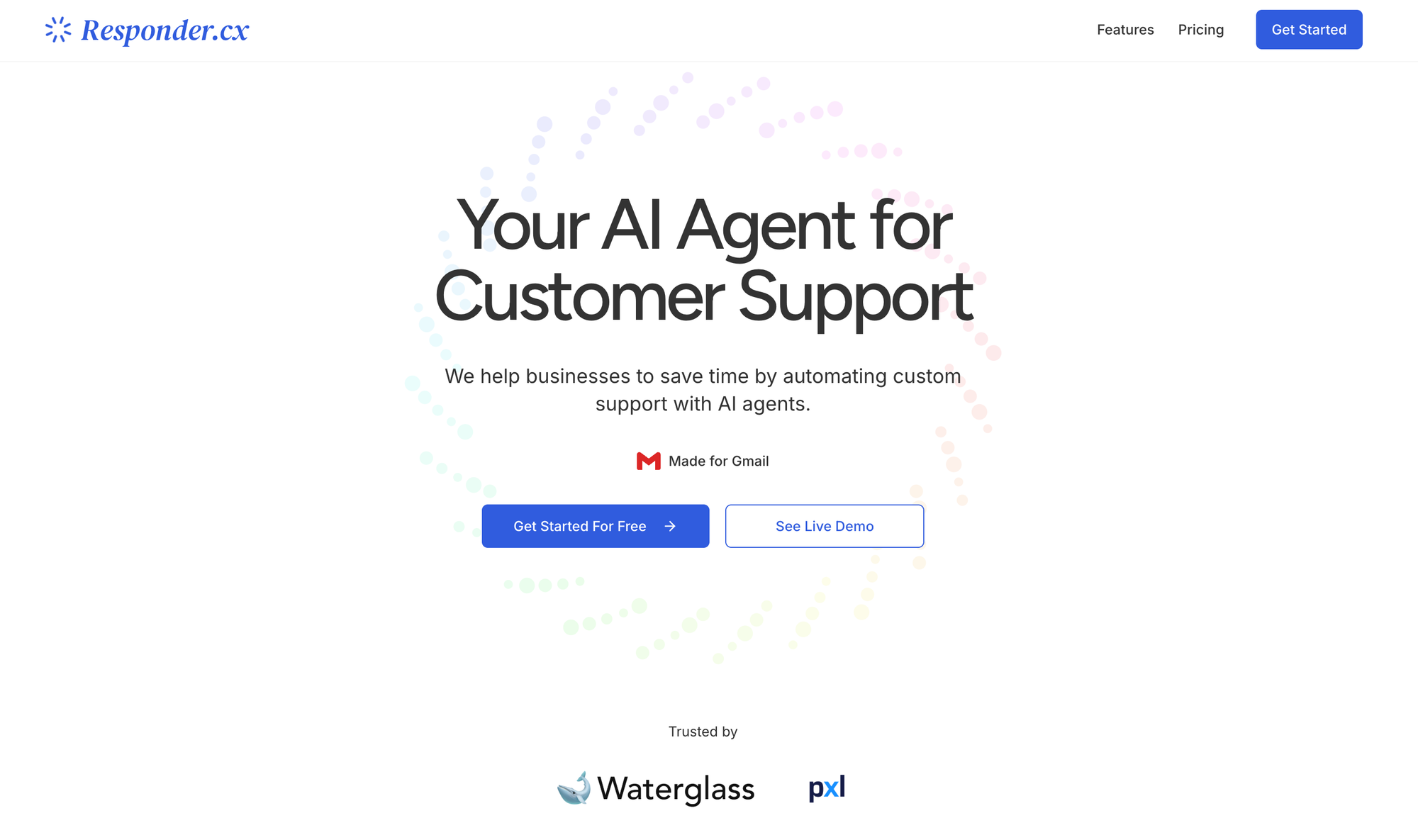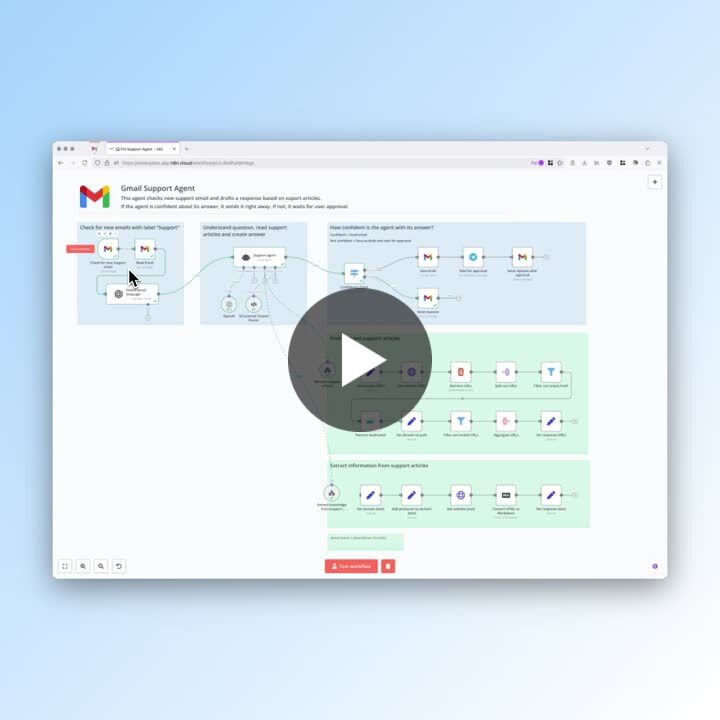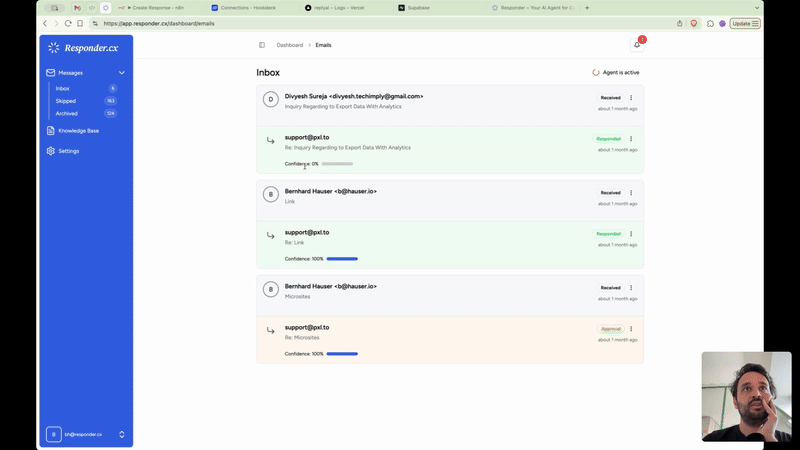Why The Responder.cx Experiment Failed (And Why I'm Not Surprised)

Do you happen to run a business and handle customer support requests through email?
Four months ago, we created an internal tool called Reply•AI to manage customer support emails for our portfolio company Pxl.
Reply•AI was soon renamed to Responder.cx and launched to the public. We got 187 waitlist signups and a (little bit of a) viral launch – only to find out, no one wanted to use the product beyond the hype.

This is a lesson in why we continue to double down on Waterglass’s acquisition hypothesis rather than building products from zero.
But let's start at the very beginning.
An AI workflow that helps us save hours of work
I need help.
Did you read the help section on our website?
No.
A conversation all too familiar. We receive customer emails like this quite frequently and at one point thought: there has to be a better solution to this.
Over the following week, we built an agentic workflow to manage customer support requests for our portfolio company Pxl.
The goal was to build an agent with company-specific knowledge that would connect to Gmail and continuously improve by learning from new email responses. This way, AI would handle common customer support requests and save us hours of manual work.
And guess what, it worked really! Naturally, we thought:
Why not release this internal tool to the public?
I put together a quick video showcasing how the workflow worked and shared it on LinkedIn as well as on this blog.

The LinkedIn post
Within 48 hours, over 187 people had joined the waitlist. I thought we were on to something.
Right?
From internal tool to public beta

With real people now interested in our workflow, it was time to turn it into a real product users could sign up for. I knew we had to move fast to keep the momentum going.
After about a week, we were ready to onboard the first users from the waitlist.
But once everything went live and the invites to Responder.cx were sent out, the numbers told a very different story:
What went wrong?
In my view, building digital products has become less and less of a challenge – the real challenge is and always has been distribution.
And in the age of AI, getting distribution has become even harder.
Early on, we made a clear decision at Waterglass that instead of building businesses from scratch like incubators or company builders do, we would rather focus on acquiring businesses with proven distribution, established revenue, and product-market fit.
If anything, Responder.cx was a reminder that in 2025 – when AI products are launching left and right – the very same lessons are true:
- Solving distribution first is important: Think hard about how you'll reach your users before putting your product out there.
- We are in competition for attention: Users lose interest fast and expectations on new products are high. Our timelines are full of product launches.
- Niche is king: A generic “AI agent for Gmail” is interesting, but not compelling enough for specific set of users.
Could we have pushed harder? Sure. Could we have iterated over different distribution channels? Absolutely. But at the end of the day, we concluded our small 0 → 1 experiment to double down on what we do best.
Waterglass' hypothesis – confirmed
It's tempting to build new products, but I feel it has become increasingly hard in the last few months to get something off the ground. Do you feel the same?
Our goal with Waterglass is to strategically build a portfolio of profitable niche B2B SaaS businesses and use AI to streamline operations and product development.
Responder.cx just reconfirmed why this approach makes sense.
In any case, we'll keep refining it internally to further improve operations across our portfolio businesses.
But when it comes to building businesses from scratch instead of buying, sometimes the best lesson from building something is knowing when not to build it in the first place.


